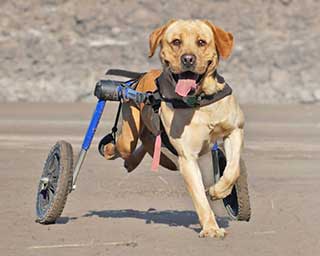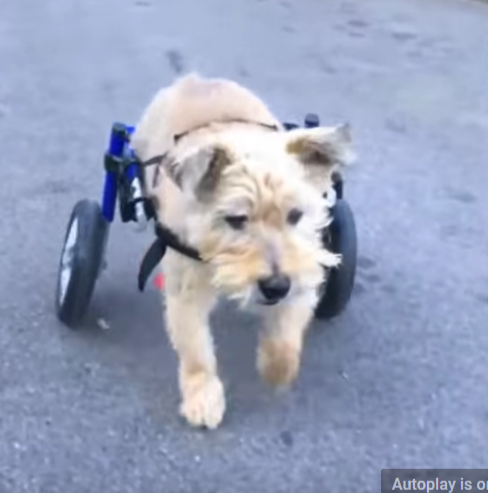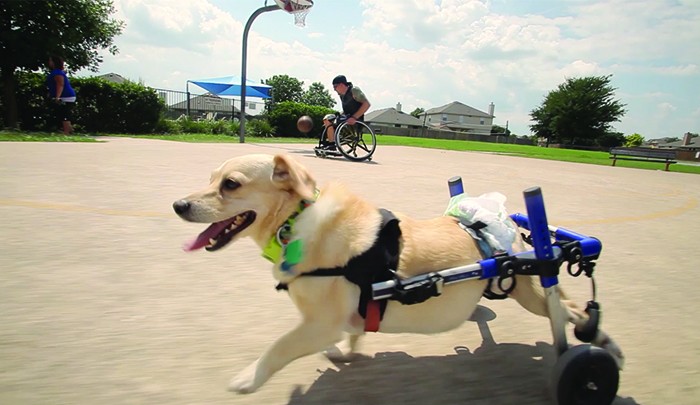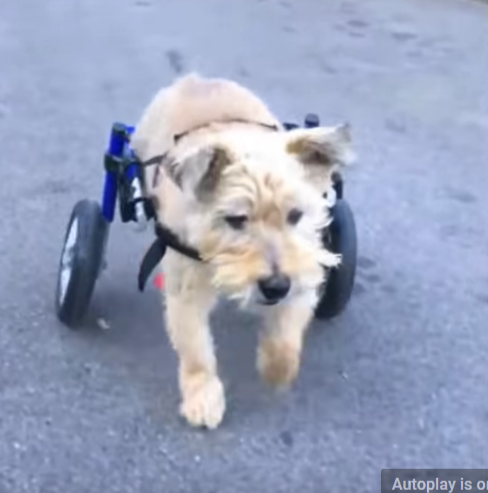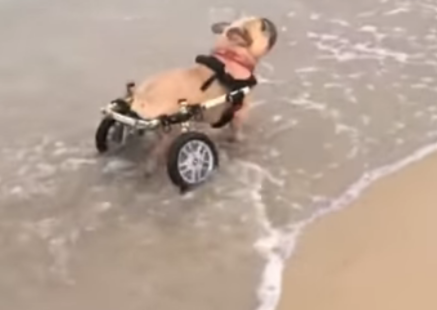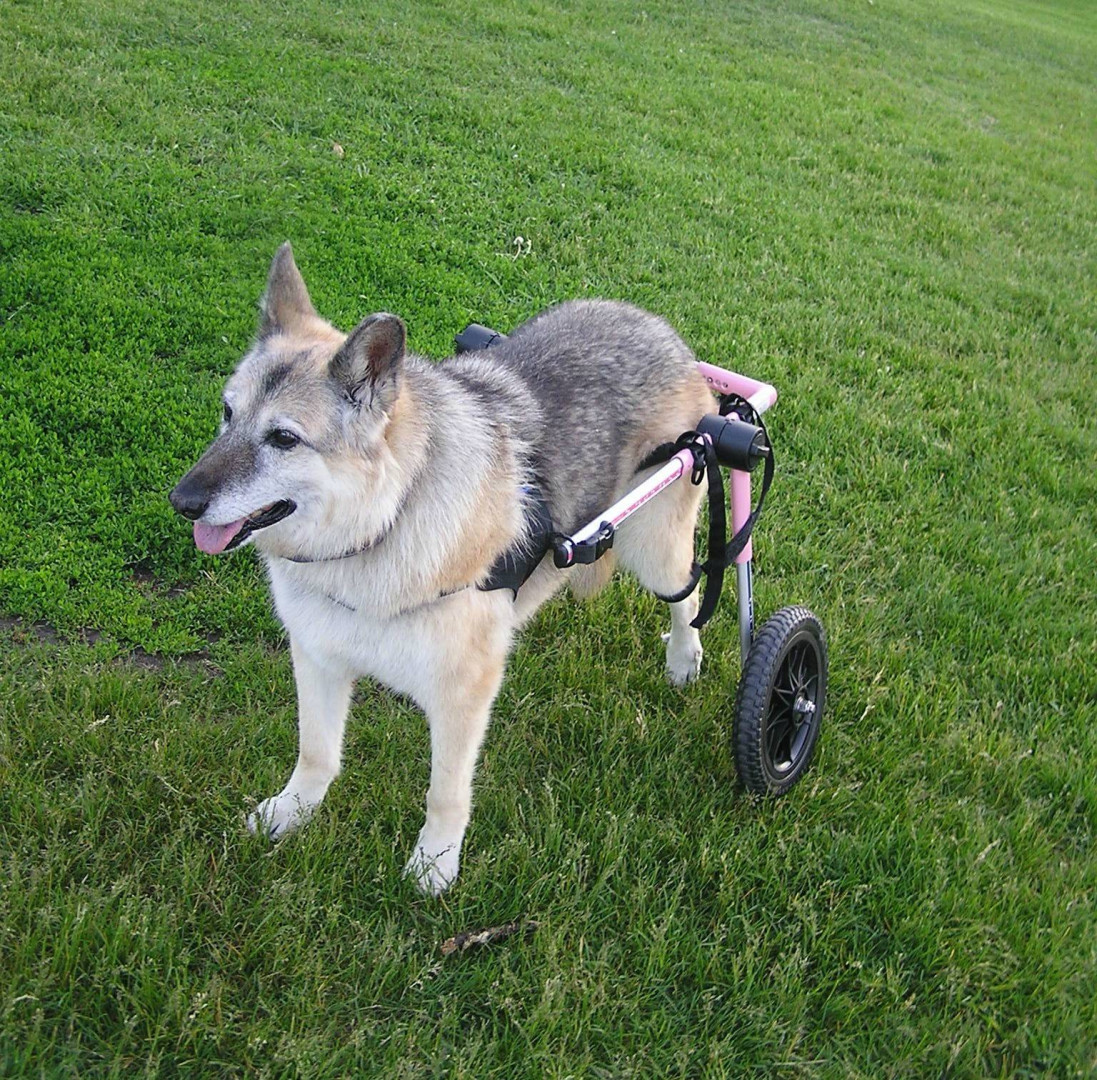
K9 carts are an increasingly popular tool for helping disabled and injured pets get around. As more pet owners become aware of the benefits of K9 carts, they are quickly becoming the preferred choice for disabled dogs. K9 carts can be a great help to dogs that have suffered a stroke, spinal cord injury, or other mobility issues.
The main benefit of K9 carts is that they provide support and stability to a disabled dog. By providing extra stability, the cart can help a dog move around with less risk of tipping over or falling down. This is especially important for dogs that are at risk of developing pressure sores from lying down in an uncomfortable position for too long.
Another benefit of K9 carts is that they offer a safe and comfortable way for injured dogs to get around. Many carts feature a cushioned seat with comfortable straps, which allow the dog to sit or lie down comfortably. This is especially beneficial for dogs that are recovering from surgery or that have arthritis or other chronic conditions.
In addition to providing support and stability, K9 carts are also important for socialization. Dogs that are confined to a wheelchair or cart can easily interact with other dogs and people, which can be an important part of their mental and physical health.
K9 carts are also a great way to exercise a disabled dog. By allowing the dog to move around, the cart can help the dog maintain their muscle strength and cardiovascular health. This can be beneficial for dogs that are recovering from surgery, which can often lead to a decrease in muscle mass.
Finally, K9 carts can provide a sense of freedom for disabled dogs. By allowing the dog to move around in the house or backyard, the cart can help the dog feel more independent and provide a much-needed distraction from the pain and immobility they may be experiencing.
Overall, K9 carts are a great way to help disabled and injured pets get around more easily and safely. By providing support and stability, allowing for socialization, and providing a sense of freedom, K9 carts can be an invaluable tool for pet owners with disabled dogs.
